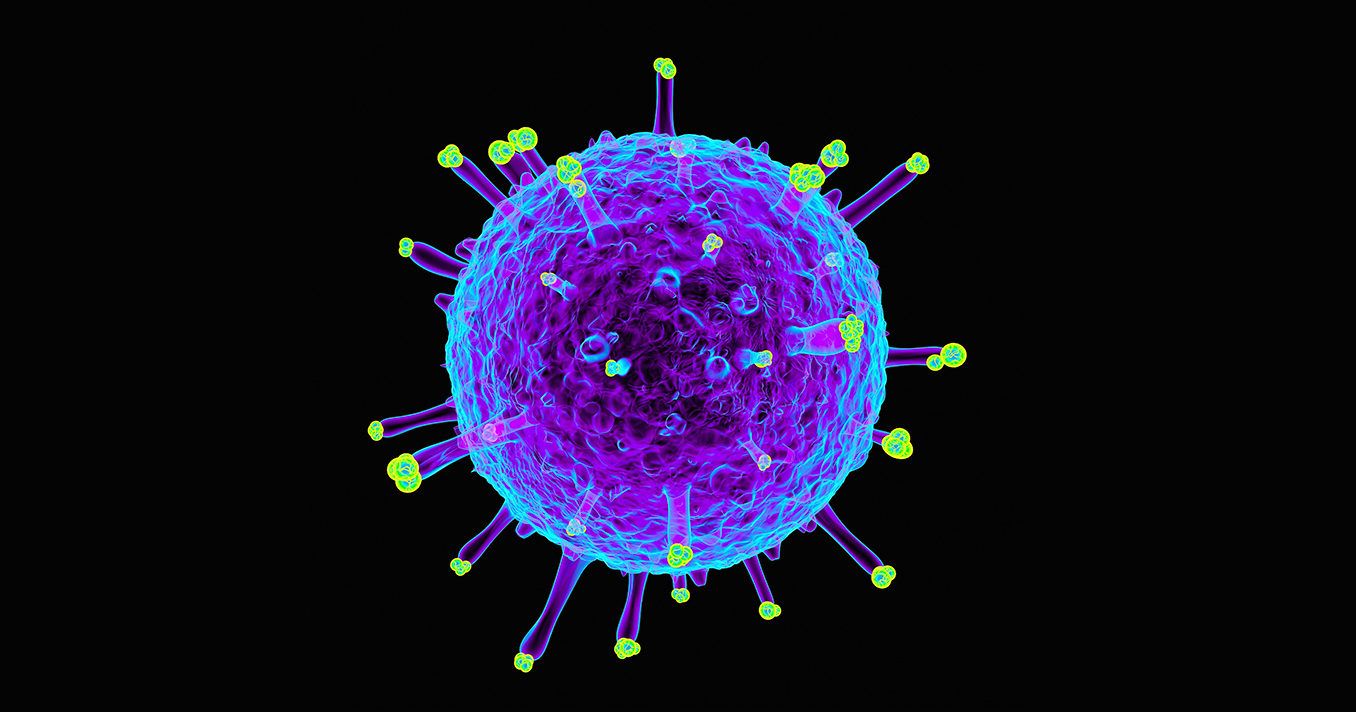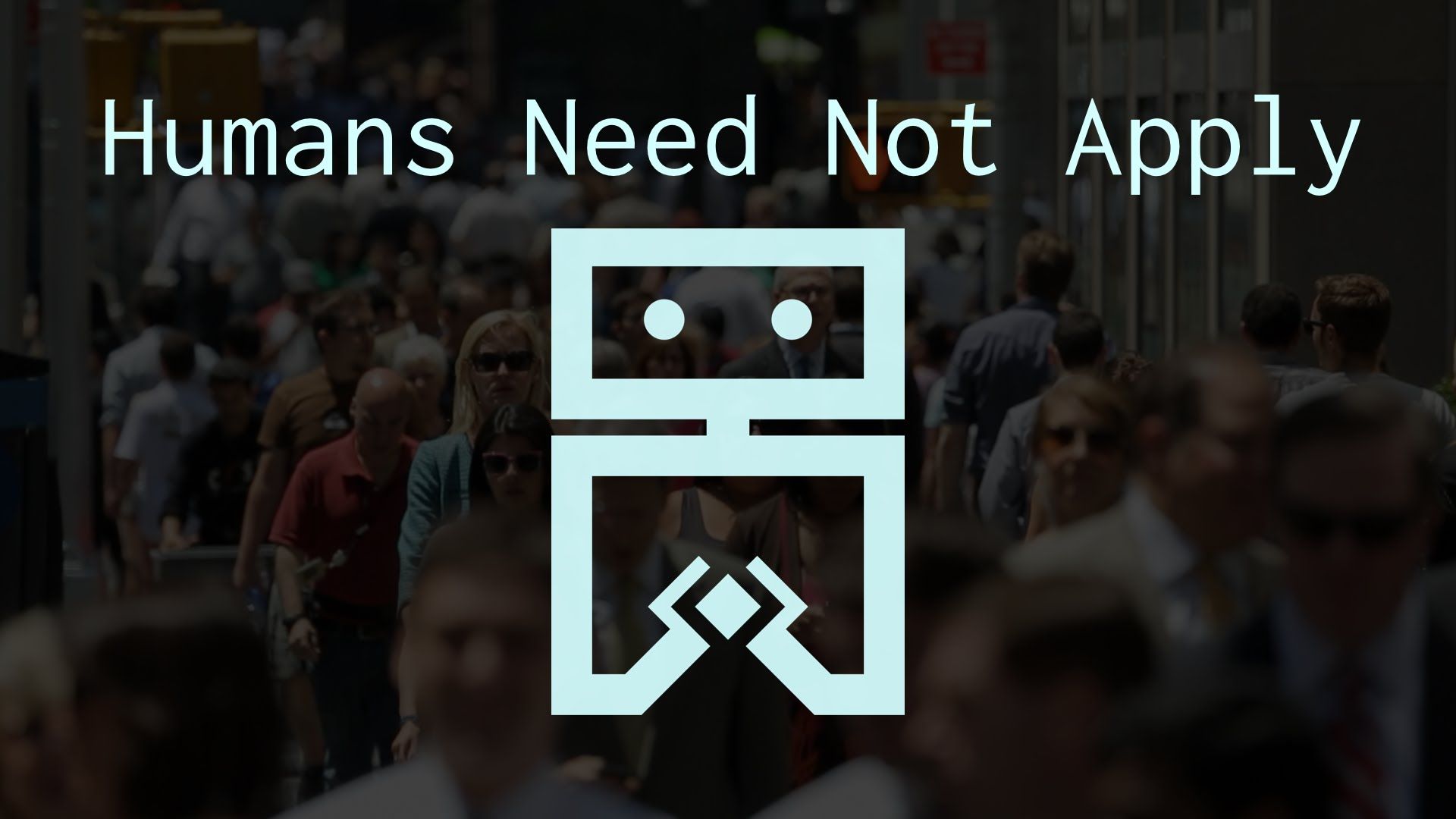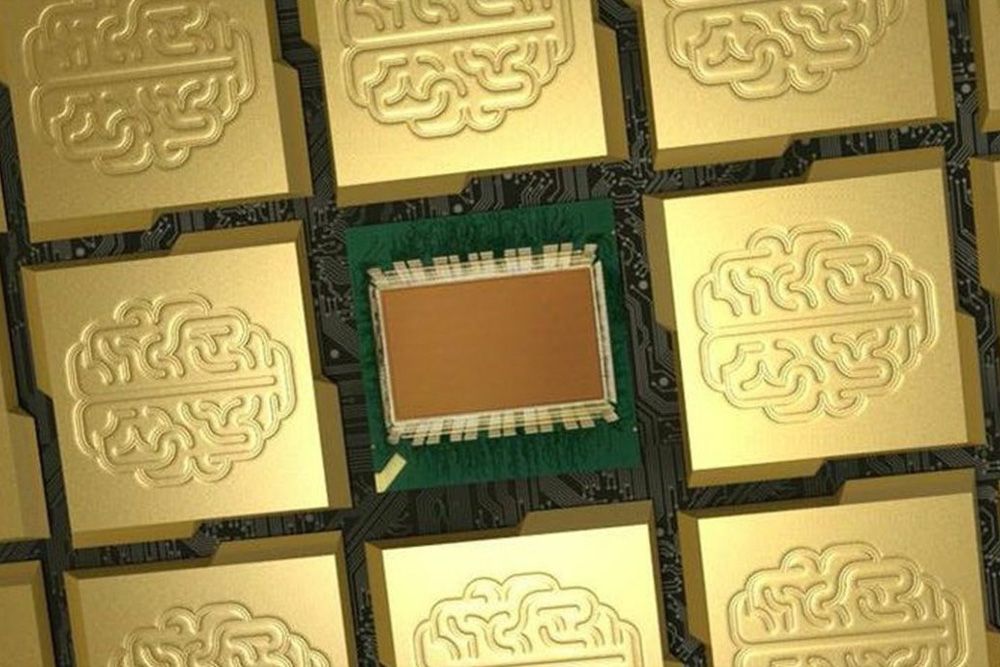Why haven’t we found alien neighbors? One theory says advanced species don’t colonize outer space, but make virtual worlds and colonize inner space instead.


Why haven’t we found alien neighbors? One theory says advanced species don’t colonize outer space, but make virtual worlds and colonize inner space instead.

Laniakea is made up of about 100,000 galaxies with a total mass about 100 million billion times that of the sun.
Image via Beyond Our Sight.

A brief introduction on the coming technological singularity. And a hint at how digital peer to peer cryptocurrencies like bitcoin which was the first. Will turn the ‘internet of things’ into the ‘economy of things’. Plus also I feel validates the case for a new debt free monetary system to provide a universal citizen’s dividend.
#technologicalSingularity #singularity #AI #cryptocurrency #bitcoin #citizensDividend #socialDividend #universalBasicIncome #basicIncome
Discuss this video: http://www.reddit.com/r/CGPGrey/comments/2dfh5v/humans_need_not_apply/ http://www.CGPGrey.com/ https://twitter.com/cgpgrey ## Robots, Etc…
https://www.youtube.com/watch?v=aC6FAIuWQbk
Lets go for 7 billion likes on this one.
This video is dedicated to Shia LaBeouf, for reminding us all that if we want to do something, we should JUST DO IT.
Links:


https://youtube.com/watch?v=c_YV_omTtAg
But the ultimate goals of the project are nothing short of amazing: “The best possible outcome is to map the entirety of existing cache of neural network algorithms and applications to this energy-efficient substrate,” said Modha. “And, to invent entirely new algorithms that were hereto before impossible to imagine.”
IBM scientists are advancing toward “neuromorphic” computing — digital systems that process information like the brain — and launching a complete ecosystem for brain-like computing, with important near-term applications and visionary long-term prospects.
“For decades, computer scientists have been pursuing two elusive goals in parallel: engineering energy-efficient computers modeled on the human brain and designing smart computing systems that learn on their own — like humans do — and are not programmed like today’s computers,” said Dharmendra S. Modha, IBM Fellow and Chief Scientist for brain-inspired computing.
Computer scientists have found that robots evolve more quickly and efficiently after a virtual mass extinction modeled after real-life disasters such as the one that killed off the dinosaurs. Beyond implications for artificial intelligence, the research supports the idea that mass extinctions actually speed up evolution by unleashing new creativity in adaptations.
Photo credit: Joel Lehman.

Stem cells are a daily feature of science news nowadays and related fields are creating an astonishing array of advancements within regenerative medicine. Unfortunately unlesss you have a scientific background the differences between types can be terribly confusing. We are here to help.
The term stem cell can encompass: